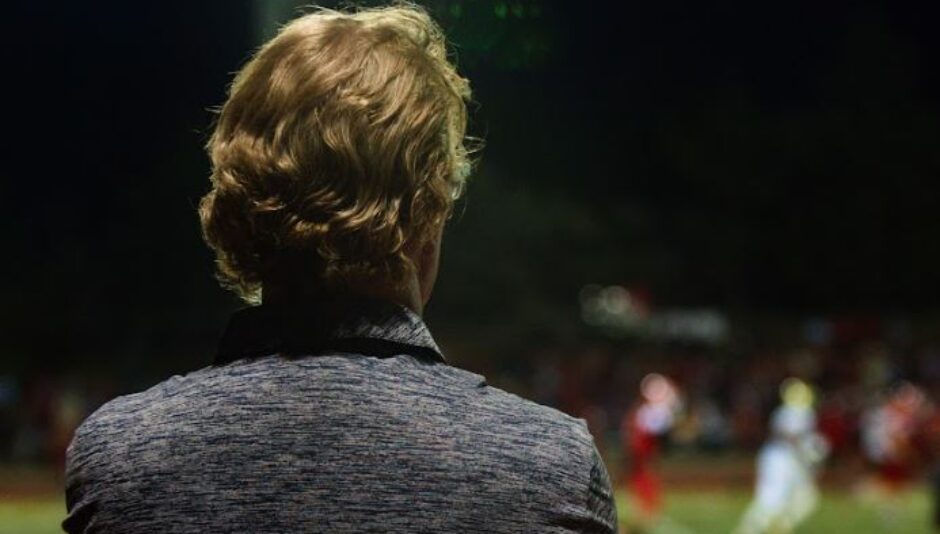Time Capsule reposts blogs from years past.
In the eighth year of Teach & Serve, there are more than a few from which to choose!

Who’s in Trouble?
Originally published in November 2020
In my years as an administrator, one of the teams on which I served to which I wish I could have offered more was the Student Assistance Team.
The Student Assistance Team was made up of administrators and teachers and directors. Anyone on staff could refer a student to this group. It was designed to catch students who might fall through any cracks in our program. It was designed as a place where kids could be discussed, plans could be made, help could be created. It was designed to keep kids on track socially and academically, to respond to their needs and to strengthen the overall community by assisting those who needed the most support.
It was a great work of which to be a part.
Many schools have groups such as this. All schools should have them. Schools ought to be about this. They ought to have these sorts of nets in place. They ought to have people committed to keeping their eyes on as many students as possible. They ought to know that protecting students is as important as teaching them.
Here’s the question: do we have these same kinds of supports for the adults in our buildings?
If we do not, we should think hard about developing them.

As leaders in our schools – as administrators and department chairs – part of our role in serving our staffs is knowing who needs to be served and how. Leaders must be as vigilant about the health and wellbeing of the adults in their charge as they are about the students in their charge.
This is not a lot to expect.
At the end of the equation lies the students. The operators in between the administration and the students are the teachers and staff, the adults in the building. To care about the kids is to care about those who are most closely in contact with them.
Leaders have to know who is in trouble on their staff. Beyond that, they have to try to help those who are in trouble.
When I was as assistant principal, my responsibilities revolved, primarily, around working with the faculty. Looking back, I know there was more I could have done, there were people to whom I could have been much better, colleagues I should have worked with in a far more compassionate way. However, I can say with honesty that I attempted to make it my work to know who the adults in my charge were, how they were and what they needed to be the best version of themselves.
Bringing the best version of themselves to all the did at the school made them better, the experience of the students better, the school better.
How would I ever know if a teacher needed to be non-renewed or replaced if I did not take the time to know them, to hear their perspective, to work with them? How could I advise my principal on hiring and firing if I did not try to engage and understand? How could I help if I did not know who needed help? I tried to connect because I thought it was critical to my role. I could have done better and, in many cases, wish I had, but I did understand that leadership required this of me.
Leaders who do not understand that knowing who on their staff is in trouble is as important as knowing which students might be in trouble are missing something critical.
Take care of those in need, adult and student alike. Make their lives as fulfilled as you can.
That is one of the critical roles of leadership.
